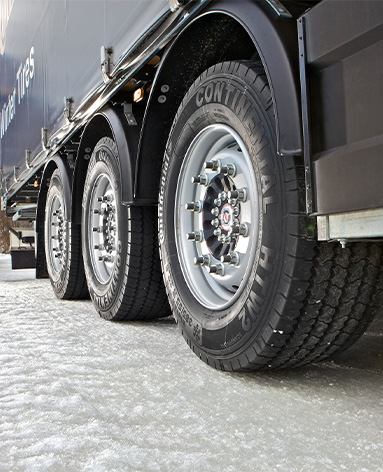Srp . 21, 2024 20:24 Back to list
Effective Methods for Cleaning Rusty Brake Drums and Restoring Performance
Cleaning Rusty Brake Drums A Step-by-Step Guide
Brake drums are crucial components of a vehicle's braking system, especially in vehicles that utilize drum brakes. Over time, exposure to moisture, road salt, and dirt can lead to rust accumulation on brake drums, which can affect performance and safety. Regular maintenance, including cleaning rusty brake drums, is essential to ensure optimal braking efficiency. In this article, we’ll discuss the importance of cleaning rusty brake drums, and provide a step-by-step guide to help you rejuvenate them effectively.
Why Clean Rusty Brake Drums?
Rust can significantly impact the function of your vehicle's brake system. When brake drums rust, they can cause uneven wear on brake shoes, leading to ineffective braking and potentially hazardous driving conditions. Rust can also create friction that might result in noise or vibrations during braking. Moreover, a well-maintained brake system contributes to overall vehicle safety and longevity, making regular cleaning a crucial task.
Tools and Materials Needed
Before you begin cleaning rusty brake drums, gather the following tools and materials
1. Safety Gear Gloves, goggles, and a dust mask to protect yourself from debris and dust. 2. Jack and Jack Stands To safely lift the vehicle. 3. Lug Wrench To remove the wheel. 4. Brake Cleaner A specialized cleaner designed for brake components. 5. Wire Brush or Sandpaper For scrubbing away rust. 6. Clean Rags For wiping down surfaces. 7. Protective Coating Optional; for preventing future rust.
Step-by-Step Cleaning Process
1. Preparation Begin by parking your vehicle on a flat surface and engaging the parking brake. Wear your safety gear to protect yourself during the cleaning process.
2. Lift the Vehicle Use the jack to lift the vehicle and support it securely with jack stands for safety. Remove the wheel using the lug wrench and set it aside.
cleaning rusty brake drums

3. Inspect the Brake Drum Before cleaning, take a close look at the brake drum. If the rust is minor, cleaning may suffice, but if there is severe pitting or damage, you may need to consider replacing the drum.
4. Apply Brake Cleaner Spray the brake cleaner onto the rusty area of the drum. This will help dissolve contaminants and make it easier to remove rust.
5. Scrub the Drum After allowing the brake cleaner to sit for a few moments, use the wire brush or sandpaper to scrub the rusty areas. Be sure to apply enough pressure to remove the rust effectively without damaging the drum surface.
6. Wipe Down the Drum After scrubbing, use a clean rag to wipe away the debris and cleaner residue from the drum. Ensure the surface is clean and dry before proceeding.
7. Inspect for Damage Once cleaned, inspect the drum again for any cracks, deep pits, or other damage. If you find any issues, it may be necessary to replace the drum.
8. Protective Coating (Optional) If you want to prevent future rust, consider applying a protective coating specifically designed for brake components. This step is optional but can significantly extend the lifespan of your brake drums.
9. Reassemble Place the wheel back on, tighten the lug nuts, and lower the vehicle back to the ground. Ensure everything is securely fastened.
10. Test the Brakes Before driving, pump the brakes a few times to ensure proper function after reassembly.
Conclusion
Cleaning rusty brake drums is a vital maintenance task that can enhance your vehicle's braking performance and safety. By following these steps, you can easily tackle this job at home, saving time and money while ensuring your vehicle remains in top condition. Regular inspections and maintenance of your brake system will go a long way in preventing rust and other issues, contributing to a safer driving experience.
-
IVEKO High-Performance Brake Drums Durable & Precision-Engineered
NewsMay.17,2025
-
Brake Drum Man High-Quality Drum Brake & Shoe Solutions
NewsMay.17,2025
-
Brake Drum Man Premium Drum Brake & Shoe Solutions OEM-Compliant
NewsMay.16,2025
-
Brake Drum Man High-Quality Drum Brake & Shoe Kits for Vehicles
NewsMay.16,2025
-
Brake Drum Man High-Quality Drum Brake Parts & Expert Solutions
NewsMay.16,2025
-
Brake Drum Man High-Quality Drum Brake & Shoe Solutions
NewsMay.15,2025
